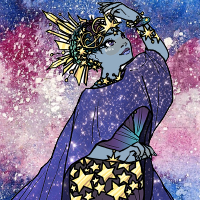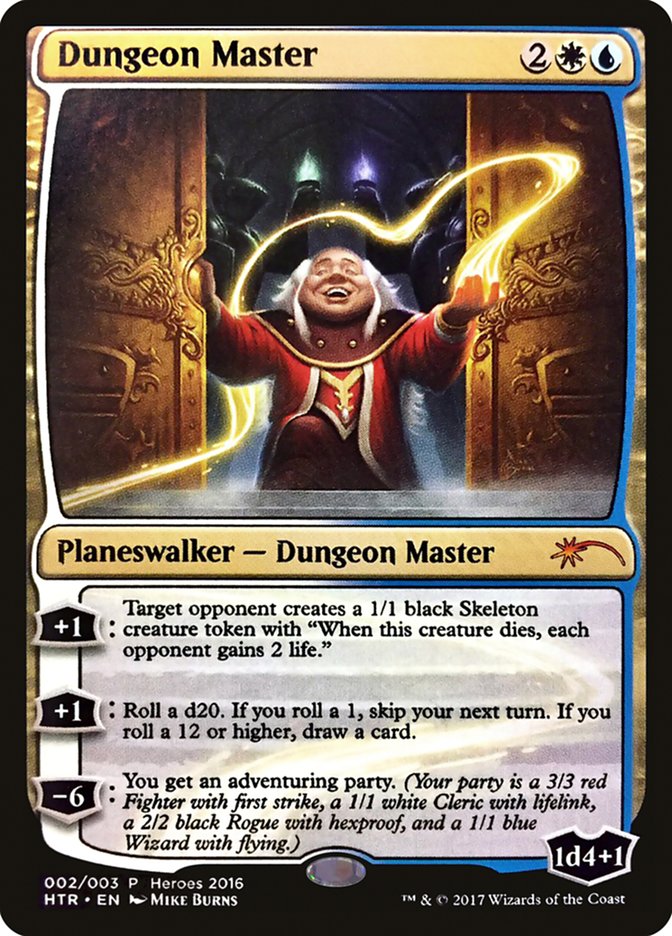Travelling halfling communities
Ethnic origin and diffusion
During the young adult age most halflings begin to feel the need to wander around and see the world, that is called Traveller's frenzy. Often a single individual will begin to travel on his own bringing with himself just the strict necessary to survive. Eventually the halfling will join some other people, most commonly some other halfling in the same situation. Halfling travelling communities are usually born like this. These communities are flexible and fluid as people that comprises them comes and goes frequently and without any explanation.
During traveller's frenzy halflings tend to be care-free about the future, they live freely and freely wander. Occasionally they band together with some adventurers, although more commonly they will occupy the outskirts of human settlements and live there, until authorities will concede. It's easy to understand how this groups get in "contrast" with their human neighbours that are always focused on property and development, and that often tend to depict any halfling with the worse aspects of their ethnicity.
This type of communities can be found almost everywhere in western Phaldorya, mostly in proximity of major human settlements where they can find easy ways to obtain alms and tips when perfoming street-art, pilfer and trade food and goods they need during they travels. In the recent times a few groups have spent some time in the outskirts of Unazan Gazar and Southaven too.
Society and family
Nevertheless the population of these communities is variable and most halflings will be part of them only for a short phase in their lives, the communities have a set of different values, habits and uses that identifies them as a separate ethnicity. The travelling halfling communities are based on mutual support, since long term relationships rarely occur, each member has to do his part to support the others. Friendship is at the base of the community and these bonds will last, in many cases, even when the members will decide to go back to a non-migratory life. Freedom is the founding value at the base of these communities. Especially in the first half of their life halflings despise a bit the life-style of humans, and in lesser measure of dwarves, so focused in producing things wasting the best years of their lives in a gilded cage. Migrant halflings have a loose sense of property. In their minds it is normal to get or use something they need, even if it doesn't belong to them. If they see something beautiful, that seems to be abandoned or not protected sufficiently they will take it in their custody, as they would be ashamed if it should go lost.
Within the frame of these communities occasionally will be welcome individuals coming from different races, mostly outcasts struggling to find a place to live; as long as they respect the values of the community they will be accepted and, especially if they can be useful, appreciated. Rarely long-term unions are celebrated within this groups and pregnancies are one of the big reasons to induce female individuals to go back to settled communities, in order to provide to their children. Romantic relationship are frequent, fluid and often short-lasting. Most migrant halfling will have a polyamorous approach to romance and these communities are very tolerant about different sexual orientations. The desire of forming a permanent family it is often the trigger to induce a halfling couple to return to a settled community. When a halfling leaves the community to keep travelling or to return to non-migratory life, the members of the community celebrate a fake funeral to bring him good luck. Toasts to freedom are made and explicit songs are sung. Then the other members of the community present to the leaver something that will be useful in their future life.
Not names, but nicknames...
When a halfling enters in a travelling community brings along the name received by the parents although, more often than not, the people of the community will start to refer to the newcomer with a funny appellation, often derived by some typical habit or curious mishap. This 'nickname' becomes a second name for the halfling but only people close to the bearer is allowed to use it.
What's on for dinner?
The traditional cuisine of travelling communities is strongly influenced by the difficulty of transporting fresh goods over long distances. The most common recipes are beans or potato stews with easily available meat: hare or rabbit inland, crabs or shrimps in coastal areas. Cheap spices are frequently and abundantly used. The most common fruit are nuts of various type.
A bloom of bright colors...
The first sensation an external will usually notice about the travelling communities is their passion for bright colors, affecting almost every aspect of their life from clothing to vehicles. Wide, rippling blouses or camisoles with puffball sleeves, large belts with big and conspicuous buckles, striped knickbockers or wide pleated skirts are the most common type of clothes in the communities, usually in brilliant shades of red, green, yellow or blue. These garments are often decorated with floral or shell-inspired motifs. Accessories are frequent and equally apparent, scarves, drapes, waistcoats and bandannas with coins or medals adorning their edges, bright metals ear-rings, armband and bangles, whose economic value is less relevant than their appearance. The beauty canons are peculiar too: long, flowing hairstyles, whether curly or straight and furry feet with well-groomed nails, especially if painted, are considered to be attractive in individuals of any gender and a sign of good health.
Mysticism on the road
Supernatural and superstitions are strongly present in the day-by-day life of these communities often mixing and mingling with elements imported from human religion. Magic, myths and religion weave together into something unique and totally different. So it happens that many travellers will respect, when not worship, Aengus or Lyr representing them with a lot of their customs and tributing them with the creation of their favourite forms of traditional magic. According to the travellers' myths and
folklore, Aengus has created and taught them how to tell fortune using cards and read the lines on the palms of the hands, while Lyr is considered the creator of their typical jinx rituals. Be Chuille's Inquisition considers those beliefs blasphemous and profane, but the travellers have learnt quickly systems to escape its undesired attention, albeit they have suffered in the past an angry persecution. The two churches of Aengus and Lyr aren't strong enough to face frontally the inquisition but have assumed a protective stance toward the members of the communities.
On the road
What brings a halfling on the road and away from all that they have known so far? Well, when they face their puberty hormones start to go ballistic and the young halfling starts to feel the urge to discover what's out there. However, there's an individual choice in taking the road and leaving everything behind, as not every halfling decides to leave and some will just never stop travelling. Eventually most of them will return to some non migratory community, not always the one they came from, to settle back and getting to understand the vision of the oldies.
There, the road goes on and on... My village seemed to me to be a prison cell... Then in a brisky autumn morning I woke up... the fire in the hearth, is not as warm as the caress of morning sun...

Arts and culture
The artistic productions of the travelling communities are a by-product of their lifestyle and are suitable to travel during the errands of their creators. Travelling halfling communities are noted for their bawdy songs and poetry, often accompanied by group dances and stringed instruments. Halfling are very proud of their circus tradition which they refer to as "the Art", although other populations not always share their enthusiasm for it. Their vehicles, often chiseled and painted, represent a more permanent form of expression and have attracted the interest of collectors, ready to invest significant amounts of money for the finest specimens.












Hi there, Cool article. I particularly liked the idea of "fake funerals" to mark the end of a phase and the beginning of a new one! However, as written currently, this article makes it feel as if the need to travel is genetic (aka: in the species' "blood") rather than a cultural thing. I think perhaps you could add a section (on the sidebar, for example) explaining what in the non-migratory halfling communities lead to young halflings feeling like they have to travel. I also really enjoyed the detail bonds made during those travelling years will last, even if the members abandon the communities :)
Thanks forbthe feedback, I will have to expand/revise the article when I finally elect the format to use in terme of fonts, breakline and so... Therefore consider it a significant 'work in progress' I will probably do but I was thinking to consider it something linked with the hormones in puberty. As well I want to put some quotes from halflings and members of other cultures to highlight the reciprocal relations). I will definetely work on what you suggest.
I finally had sometime to amend a bit the article. Please let me know your opinion about what I added. and please pin point any mistakes if you see them.